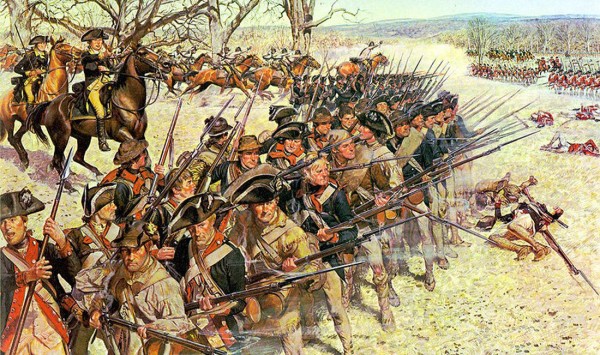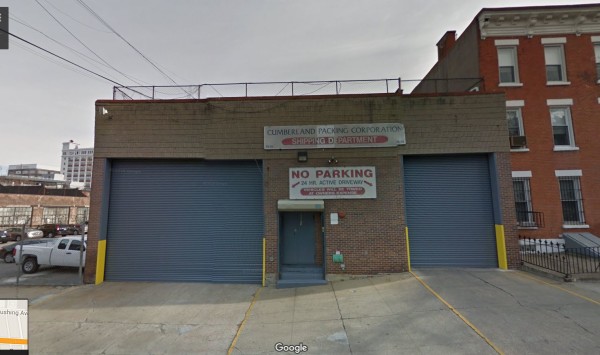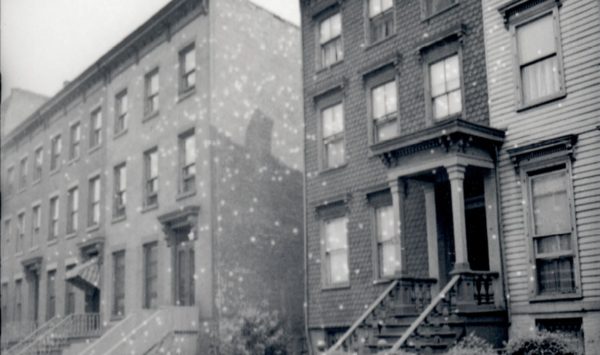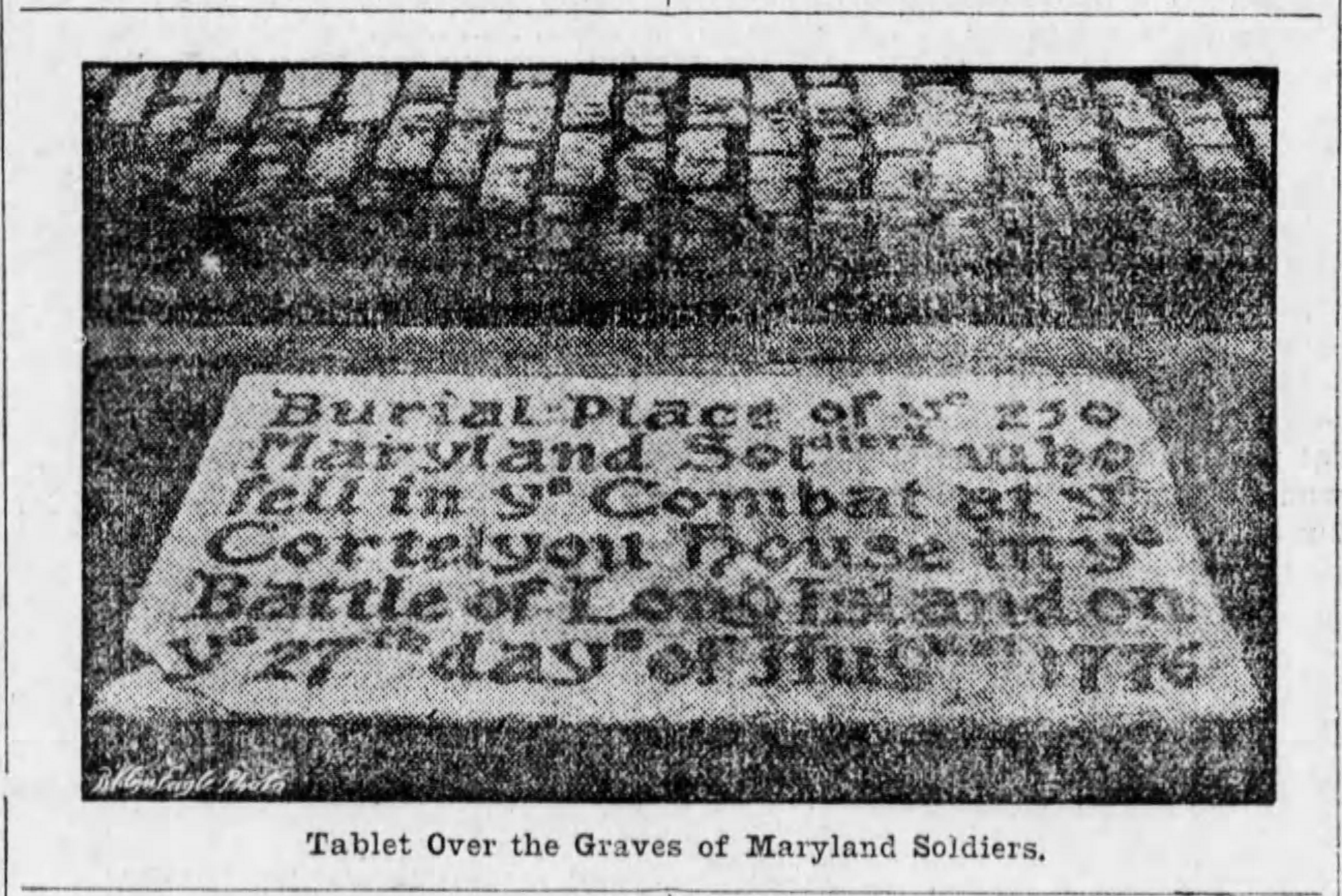THE PEDIGREE OF “BOERUM’S HILL” (1776)

******************************************************************************************************************************** Brownstone Detectives investigates the history of our clients’ homes. The story you are about to read was composed from research conducted in the course of one of those investigations. Do you know the history of YOUR house? ******************************************************************************************************************************** What must it be like to have your identity co-opted for the purposes of obtaining personal credit? Though we cannot ask this question of Farmer Boerum – he’s been dead for more than 200 years – we can guess at what the old Dutch farmer would say. The name, Boerum Hill, which was commandeered from the colonial farm owned by the Boerum Family, in point of fact had its origination with an actual hill that existed on his farm – located in today’s Carroll Gardens/Gowanus – that was then locally known as “Boerum’s Hill” (then “Fort Boerum” during the Revolutionary War). Confused? Sure. Sooooooo…it’s a little like saying, “I named my dog ‘Spot’s Wart’ – after the wart on my dog, Spot.” OK. Well….maybe not exactly. But close. WHAT WAS BOERUM’S HILL? Boerum’s Hill, first and foremost was a natural topographical feature – an elevation or rise – on the Boerum Farm. We know little of its geographic specifications (height, width, slope, &c.) other than that. Located in today’s Gowanus/Carroll Gardens area, it was, additionally, a strategic military position known, during the Battle of Brooklyn, as Fort Box (and later, during the War of 1812, as Fort Fireman). So, we have a good indication, at least, that the hill was of […]
GEORGE WASHINGTON SLEPT HERE… (1776)

******************************************************************************************************************************** Brownstone Detectives investigates the history of our clients’ homes. The story you are about to read was composed from research conducted in the course of one of those investigations. Do you know the history of YOUR house? ******************************************************************************************************************************** In today’s great efforts to preserve our historical heritage, particularly as regards the ancient homesteads of our forebears, it gives great sadness to learn of the loss of old structures which once graced our city. One such house not only stood at one time as the last of its type, but it also had borne witness to historical events which contributed to the foundation of our country. Inside of the old Boughton House, which at one time existed close to the Wallabout Bay on Cumberland Street at about No. 33, George Washington had sat often in conference with his military leadership on the point of repelling the British occupational force during the Battle of Brooklyn. The “mansion,” which stood directly in line of the fortifications and redoubts thrown up by the Continental troops, found itself “smack in the middle” of these military improvements. It was an old-style dwelling of Dutch Colonial Architecture, with eaves and garrets, and was a true relic of Revolutionary times. There is no official record of when the house was erected, but around 1915 when workmen were repairing the roof, they found a shingle bearing the inscription “Erected 1727.” Later during the war, when Mr. Boughton’s house was used to quarter British soldiers,, the prison ship Jersey […]
THE “GOODFELLAS” OF CUMBERLAND STREET

One of the Brownstone Detectives’ first House History Books, No. 231 Cumberland Street: The Story of a House, tells the story of an 1852 antebellum frame home just steps from Fort Greene Park. It’s an action-packed tome, replete with treachery, “poudrette,” “small art,” SROs, and the gangland figures from “Goodfellas.” Here is a brief timeline of the history of this single landmarked property, matched up with “spreads” from the book: THE HISTORY OF A BROOKLYN HOUSE The land beneath which No. 231 would someday rise, started out as a tobacco farm owned by the first Italian immigrant to New York, Pietre Cesare Alberti. The farmland would eventually be built upon in 1851-2, when builder John Ross constructed a row of three homes there. First owned by a woman with a tragic history, a melodrama involving treachery, another man, and an infant daughter – which became the gossip of the newspapers of the time – No. 231 was rented out throughout the the 1850s and 1860s, in addition to many returning Civil War veterans, to merchants and their small families. One of those merchants featured prominently in the founding of the Lafayette Avenue Presbytery Church. Before this, however, he had begun his interesting career as a Night Soil Man – starting a company which, amongst other “agricultural” endeavors, collected human excrement from the backyard privvies of Brooklyn, selling this “compost” to Long Island farmers as the appropriately – if euphemistically – named “poudrette.” The property was then owned by an immigrant, […]
IS THIS THE SITE OF A MASS GRAVE? (1905)

This year will mark the 241st anniversary of the day that, in 1776, our gallant soldiers of the 1st Maryland Regiment “fell in combat” in Gowanus, Brooklyn. Gen. George Washington was being routed by the British in the battle that might very well have ended our colonial bid for independence, were it not for these brave men, who held the British off while the rest of the American army could escape to fight another day. While Washington’s troops were spiriting away towards the East River, soon to escape in a fog so dense that the British did not know it was happening, the Maryland soldiers were dying and being captured at the hands of the representatives of our former enemy, the British Army. In the words of Walt Whitman, describing Washington as he watched the discomfiting scene through his telescope: Now of the old war-days . . the defeat at Brooklyn; Washington stands inside the lines . . he stands on the entrenched hills amid a crowd of officers, His face is cold and damp . . . . he cannot repress the weeping drops . . . . He lifts the glass perpetually to his eyes . . . . the color is blanched from his cheeks, He sees the slaughter of the southern braves confided to him by their parents. Ultimately,” according to the New York Times, “of the the original Maryland 400 muster, 96 returned, with only 35 fit for duty.” The mass grave, consisting of six […]